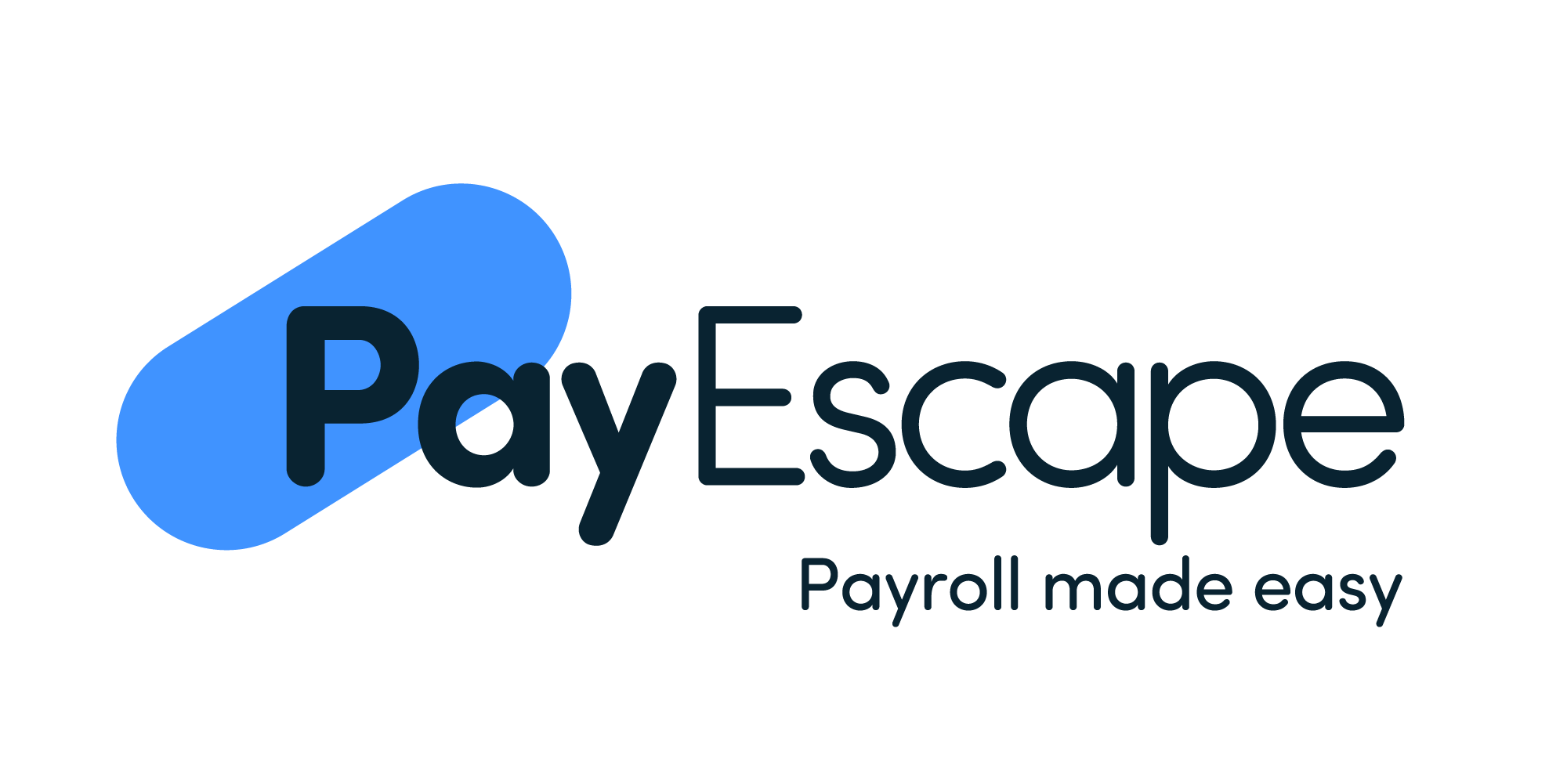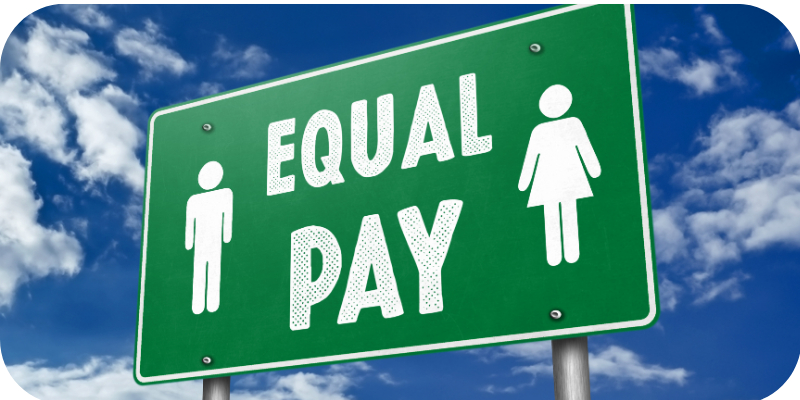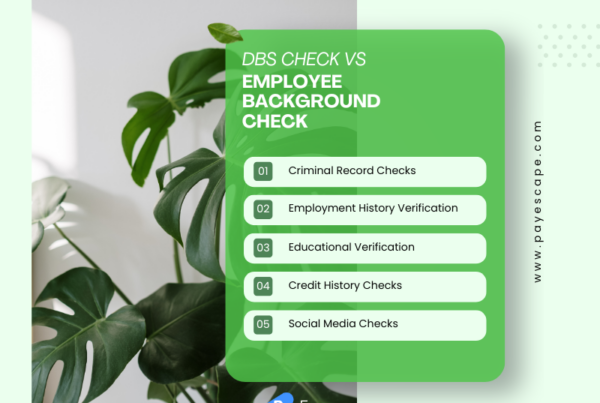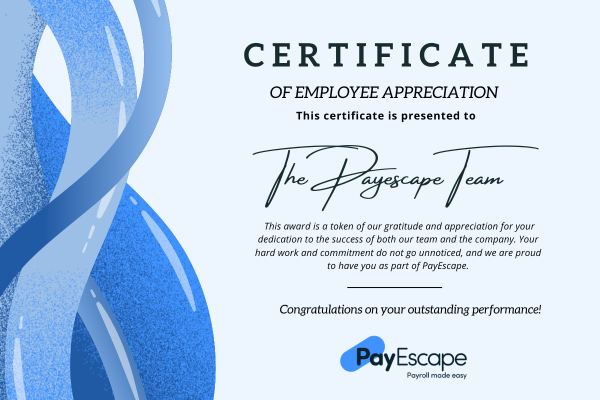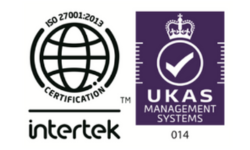International Equal Pay Day, observed annually on 18th September, serves as a global reminder of the persistent wage gap between men and women. Despite legislative advancements, pay inequality remains a key issue in many countries, including the UK.
The History of Equal Pay
Equal pay activism can be traced back to movements during and after the World Wars. During World War I and II, women were employed in traditionally male-dominated sectors like manufacturing and agriculture due to the absence of men. However, these women were paid significantly less than their male counterparts for identical work. This wage disparity led to early calls for equal pay, laying the groundwork for legislative reform.
In the UK, one of the most pivotal moments came during the 1968 Dagenham Strike at the Ford Motor Company. Female workers, unhappy with being classified as “unskilled” despite performing skilled labour, walked out in protest. The strike gained widespread attention and was a catalyst for the UK’s equal pay legislation.
Legislative Milestones in Equal Pay
The UK’s Equal Pay Act of 1970 was the first significant legislative attempt to address wage inequality. The act required employers to provide equal pay for men and women engaged in the same or similar work.
Although this legislation was ground-breaking at the time, it faced several challenges in its implementation. Employers often exploited loopholes, leading to legal ambiguities that delayed real change.
The next major advancement came with the introduction of the Equality Act in 2010. This consolidated previous anti-discrimination laws and strengthened protections against pay discrimination.
One of the key features of the Equality Act was the concept of “equal pay for equal value,” meaning that jobs do not have to be identical for women and men to receive the same pay. Instead, if jobs are of equal value in terms of skill, effort, and responsibility, pay should be equal.
Despite these legislative efforts, gaps still exist, leading to ongoing advocacy and reform.
Current Pay Gap Statistics in the UK
The gender pay gap in the UK remains a significant issue, despite decades of legislative efforts. As of 2024, the gender pay gap among full-time employees in the UK stands at approximately 8.3%. While this represents an improvement from previous years, progress has been slow, and disparities persist in various industries.
Part-time workers, who are disproportionately women, experience an even larger pay gap compared to full-time employees. Additionally, the gender pay gap is more pronounced in specific sectors such as finance, technology, and construction. In many of these industries, women continue to face barriers to high-paying roles and career advancement, further perpetuating wage inequality.
It’s important to note that while the overall gender pay gap has decreased over the years, progress remains uneven across different sectors and demographics. For example, women of colour, disabled women, and older women often face even greater pay disparities compared to their white, non-disabled or younger counterparts.
Factors Contributing to the Pay Gap
Understanding why the gender pay gap persists requires examining the various factors contributing to wage inequality. While outright discrimination still occurs, it is not the only cause of the pay disparity between men and women. Several complex issues continue to drive this inequality:
Occupational Segregation
Women are often concentrated in lower-paying sectors, such as healthcare, education, and retail, while men dominate higher-paying industries like finance, engineering, and technology. This occupational segregation results in a significant portion of the wage gap.
Part-Time Employment
Women are more likely than men to work part-time, often due to childcare or other caregiving responsibilities. Part-time jobs tend to offer lower wages and fewer opportunities for advancement, exacerbating the pay gap.
Career Interruptions
Women are more likely to take time off from work to raise children or care for elderly relatives. These career interruptions often lead to missed opportunities for promotions and pay raises, affecting lifetime earnings.
Lack of Pay Transparency
In many organisations, pay structures are not transparent, making it difficult for employees to determine whether they are being paid fairly. A lack of transparency allows pay disparities to persist without detection or challenge.
Discrimination in Promotion
Even when women are in the same roles as men, they may face barriers to career progression, resulting in fewer leadership opportunities and lower overall earnings.
The Impact of Pay Inequality on Businesses
Pay inequality doesn’t just harm individuals; it also has significant consequences for businesses. Studies have shown that companies with gender pay gaps tend to suffer from lower employee morale, higher turnover rates, and reduced productivity. When women feel undervalued and underpaid, they are less likely to be engaged and invested in their work.
Moreover, gender pay gaps can damage a company’s reputation. As pay transparency becomes more common, businesses that fail to address wage disparities may face public scrutiny, losing customers and talented employees to competitors with more equitable practices.
Addressing the gender pay gap can lead to several benefits for companies, including higher employee satisfaction, increased diversity, and improved financial performance. Research has demonstrated that diverse teams—especially those with balanced gender representation—tend to be more innovative and better at problem-solving.
Closing the Gap: What Employers Can Do
While the government has implemented various measures to address the gender pay gap, employers play a critical role in driving change. There are several practical steps that businesses can take to promote pay equality and ensure they are compensating employees fairly.
Conduct Regular Pay Audits
One of the most effective ways to identify and address pay gaps is through regular pay audits. Employers should compare the wages of men and women in similar roles to identify any disparities and take corrective action where necessary.
Implement Pay Transparency
Pay transparency is a crucial tool in closing the gender pay gap. By openly sharing salary information, businesses can promote fairness and accountability in their pay structures.
Offer Flexible Working Arrangements
Many women face barriers to career progression due to the lack of flexible working options. Employers should offer flexible schedules, remote work opportunities, and parental leave policies that support both men and women in balancing their professional and personal responsibilities.
Support Career Development for Women
Mentoring, training, and leadership development programmes can help women advance into higher-paying roles and leadership positions. Businesses should actively support the career development of women to promote greater gender balance in senior roles.
Challenge Gender Bias
Finally, businesses must work to eliminate gender bias in recruitment, promotions, and performance evaluations. By implementing unbiased hiring practices and ensuring that promotions are based on merit, employers can reduce the risk of pay discr3imination.
The Future of Equal Pay in the UK
The UK government has introduced several initiatives in recent years to tackle the gender pay gap, including mandatory pay gap reporting for companies with over 250 employees. While this reporting requirement has been a positive step, more comprehensive reforms are needed to ensure that all businesses, regardless of size, are held accountable for pay inequality.
Moreover, as societal attitudes towards gender roles continue to shift, there is hope that traditional barriers to pay equality—such as occupational segregation and career interruptions—will begin to erode. The rise of remote work and flexible working arrangements also presents new opportunities for balancing work and family life, potentially reducing the pay gap.
International Equal Pay Day serves as a reminder of the work that remains to be done in achieving true pay equality. PayEscape manages hundreds of businesses payroll and HR systems meaning equality and the gender pay gap is a big priority in each and every role within our business. By taking proactive steps such as promoting pay transparency, and supporting women’s career development or outsourcing your payroll and HR services businesses can help create a more equitable and prosperous future for all employees.
